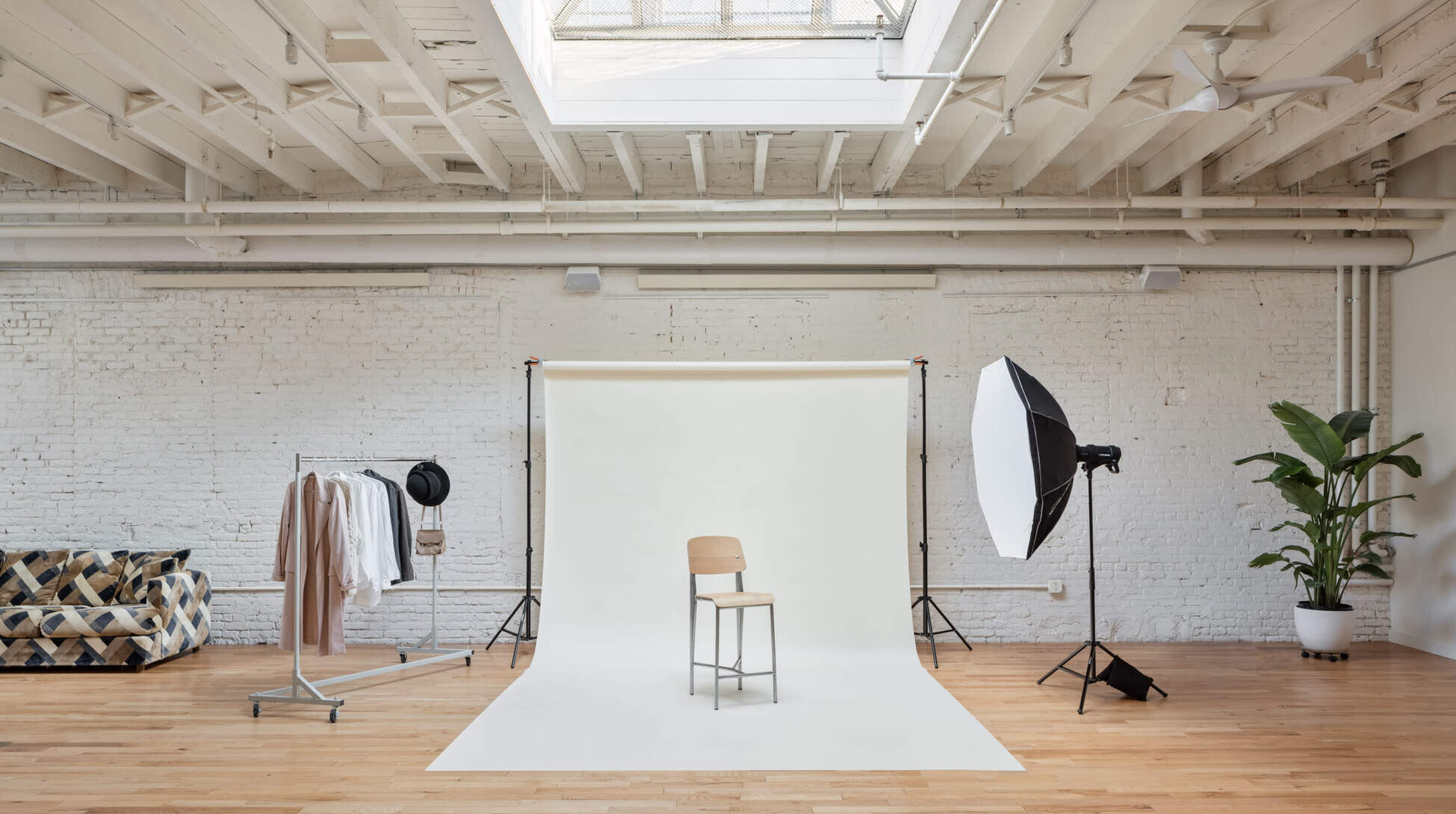
Source: Pixabay
A production book is one of the most important resources you can have on a photo or video project. Whether your team is made up of five people or hundreds, a production book makes it easy to keep everyone on the same page — literally — with all of the details your cast and crew will need to keep your shoot running smoothly. You can use a production book for commercials, feature films, photoshoots, and more. The amount of material you include will vary depending on the size of your project, but there are some basics that every book should possess.
1. Create a cover page
Start your production book off with a cover page that includes the name, production team, and shooting dates of your project. This makes it easy for anyone who opens up the book to figure out what project it’s for — particularly if you share a production office with other teams.
In addition, include the date that the book was made. While small projects might not see as many changes in the course of pre-production, a scripted project might go through multiple rewrites, so feature the date prominently in your production book to avoid any confusion.
2. Add phone numbers & emergency contacts
Immediately after the cover page, list the contact info for your cast and crew, including any agents or producers back in the office who may need to be reached during a shoot. This allows anyone on set to be able to contact anyone else on the crew at a moment’s notice.
It’s also a good idea to add emergency information, such as the address and phone number of the nearest hospital and police department. If you’re shooting at multiple locations, include the contact info for each venue and for any drivers or catering staff you might need to reach.
3. Plan the shooting schedule
The biggest entry in your production book will likely be the shooting schedule, especially if you’re producing a multi-day shoot. Depending on the project, your assistant director or another crew member may be responsible for putting the call sheet together each day. Your book should include the master schedule, as well as each daily call sheet.
Make sure that the call sheet has the most up-to-date information, including directions for getting to and from each location, as well as the weather forecast for the day. This way, your cast and crew will be prepared for any weather conditions or travel delays they might encounter en route.
4. Include permits & insurance documents
Some locations may require you to have a permit or insurance in order to shoot there. Whether your shoot will take place in a public park, or a private venue that you’ve rented on Peerspace, always carry proof that you have permission to shoot there.
Include this in your production book so that even if your producer steps off set, your cast and crew know where to find it. You never know when a police officer, disgruntled neighbor, or security guard will show up to your location asking questions about your shoot.
5. Make copies of travel documents
This section is most important for projects that are shooting in more than one city or country. If you’re traveling during your shoot, include copies of plane tickets, hotel reservations, rental car bookings, and anything else a crew member might need when stepping off a plane.
Even if you’re traveling as a group, everyone should have access to this information individually in case the group gets separated. There’s nothing worse than not being able to access a venue or equipment rental because the first person to arrive didn’t have the right documents.
6. Establish the script & shot list
For scripted projects, include the latest draft of the script, along with any shot lists your creative team can provide. This will help you make sure that everyone is working off of the same script. Also, it’ll make it easier to determine if you’ve gotten all of the shots you need before you leave set.
This will be less important for photoshoots, but it’s still a good idea to include any storyboards or concept art that your team has worked on. This way, you can make sure that the material you’re shooting matches the look and feel that your production team has agreed upon.
7. Keep reference images on hand
Along the same lines, include photos taken during location scouts or test shoots. If your project is being split up between multiple teams, having a few reference images will make it easy for a second unit camera team to tell if the location has changed since you last visited. Even if the creative director is on set, if a lot of time has passed since a location was scouted, having images to refer to can remind them of the lighting or angles they were originally drawn to.
For modeling shoots that feature a particular wardrobe or makeup style, references photos can help with continuity and making sure you get shots of every outfit you want to feature.
8. Design and print the book
How should you design and print your production book? For indie projects, it may be as simple as assembling it in Microsoft Word or Powerpoint. Print it out and put it together in a production binder so you can easily make changes and add and remove entire sections.
Have a few printed copies on set and at the office, and email the most up-to-date version to your cast and crew before your shoot. This way, everyone can access it easily.
For more professional shoots, such as for an ad agency or high-paying client, you can go for something a little fancier. Feature your client’s logo on the front page and print any storyboards or concept art on high-quality photo paper. Having a glossy production book to flip through may not be strictly necessary, but it can lend an air of professionalism to anyone visiting the set.
Finally, don’t wait until you have all of this information to start working on it. You can start putting the book together as soon as your begin your project, so you have something to refer to when explaining the concept of your project to a potential venue or investor. You can always add or remove confidential information, such as contact phone numbers, when necessary.
Regardless of your project, make sure that your production book is practical to carry around and easy to navigate. Your cast and crew will be grateful for it.
Find unique production spaces on Peerspace
Get together somewhere better
Book thousands of unique spaces directly from local hosts.
Explore SpacesShare your space and start earning
Join thousands of hosts renting their space for meetings, events, and photo shoots.
List Your Space






